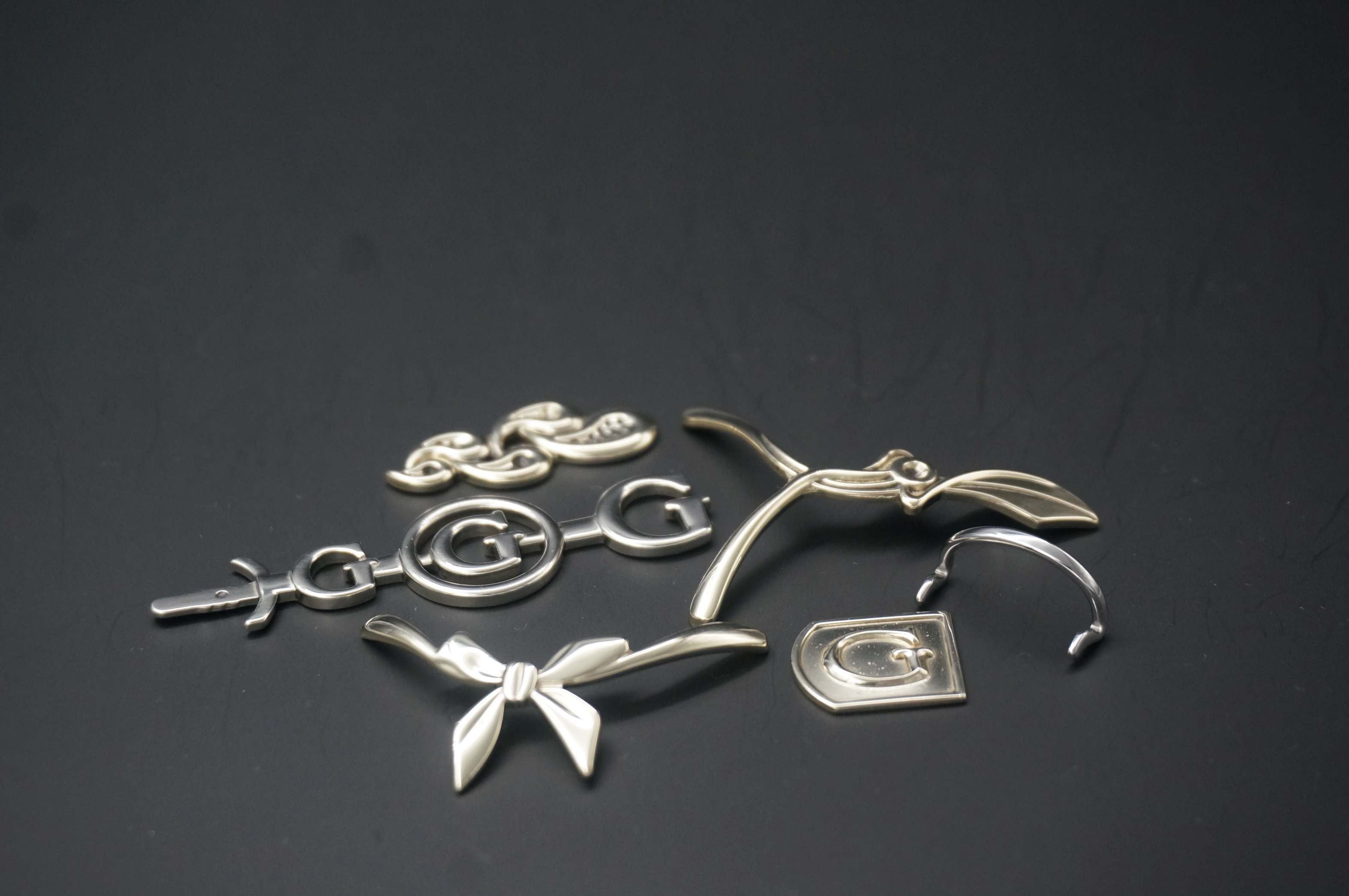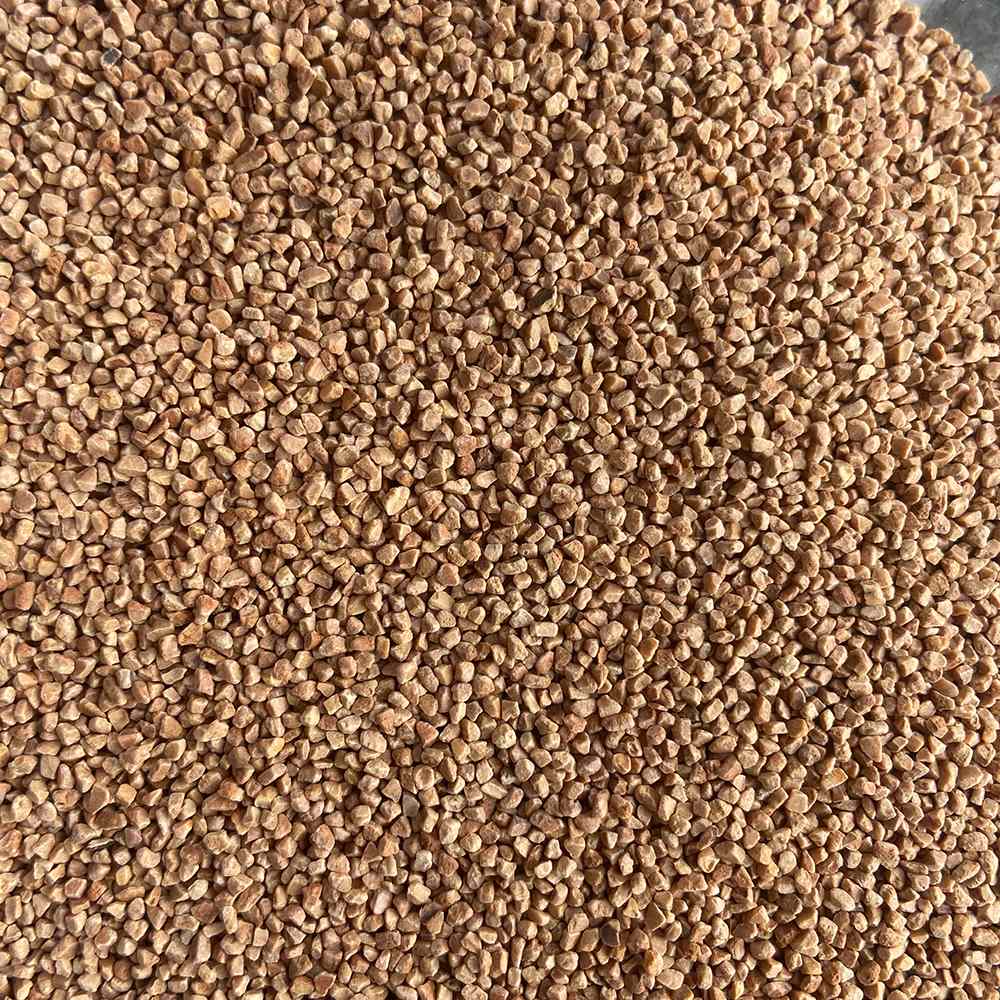Warum Walnussschalenmedien wunderbar auf Holz funktionieren
Sanft, biologisch abbaubar, getreidefreundlich
- Geringe Aggressivität – löscht weder den Werkzeugcharakter noch verwaschene Kanten.
- Biologisch abbaubar & staubarm – eine saubere, organische Schleifoption.
- Funktioniert trocken – ideal zum Finishen oder Tragen leichter Poliermittel.
LSI erwähnt: organische Medien, weiche Schleifmittel, Polieren, Endbearbeitung, sanftes Polieren.
Kombinieren Sie es mit der richtigen Maschine
Für kleine Holzteile, die von einer sanften „getrommelten“ Patina profitieren, erzeugt ein Trommelpolierer eine natürliche Kaskaden- und Kantenglättungsbewegung. Sehen Sie sich unsere Trockenpoliermaschine für Holzfässer oder durchsuchen Sie die vollständige Rotationstrommel-Trommelmaschinen .

Warum wählen Sie eine Dreh Becher für Holzhandwerk?
Stärken des Rotationszylinders
- Natürlich Kantenverrundung und sanftes Polieren kleiner Teile.
- Konstante „Fluss“-Wirkung, die das Holz erhält Korncharakter .
- Einfache, skalierbare Chargen; einfacher Medienwechsel zum Testen.
Wann Sie stattdessen Vibrationsalarme verwenden könnten
Wenn Ihre Teile größer oder besonders empfindlich sind oder Sie eine präzisere Prozesskontrolle mit verschiedenen Materialien (z. B. Kunststoff- oder Hartholzformen) benötigen, kann das Gleitschleifen in Betracht gezogen werden. Wir konzentrieren uns hier auf das Rotationsschleifen, da es die von vielen Holzhandwerkern gewünschte „handberührte“ Textur besonders gut hervorhebt.
Grundrezept für Trockentrommeln (hier beginnen, dann anpassen)
- Vorschleifen Teile auf eine einheitliche Körnung (z. B. 180–220) schleifen und entstauben.
- Einlegen von Medien : Füllen Sie die Trommel mit Walnussschalenmedien . Lassen Sie genügend Spielraum für einen gleichmäßigen Wasserfall (vermeiden Sie eine Überfüllung).
- Gebühr (optional) : Für mehr Glanz geben Sie eine kleine Menge Trockenpoliermittel auf die Walnussschale und trommeln Sie es 2–3 Minuten lang, um es zu verteilen.
- Teile hinzufügen : Holzteile so untermischen, dass sie leicht fließen und nicht klemmen. Vorher Probestücke verwenden.
- Geschwindigkeit : Beginnen Sie mit einer niedrigen Geschwindigkeit und steigern Sie diese schrittweise, bis Sie ein gleichmäßiges Rollen ohne aggressive Stöße sehen.
- Zeit : Testen Sie in kurzen Zeitfenstern (z. B. 20–40 Min.). Verlängern Sie den Zeitraum, wenn Sie mehr Kantenbruch oder Glanz benötigen.
- Reinigung : Medienreste mit Luft oder einer weichen Bürste entfernen; bei Bedarf Finish (Öl/Wachs) auftragen.
Tipp Führen Sie ein Protokoll (Mediengröße, Ladung, Geschwindigkeit, Zeit), um Ihr „Hausrezept“ festzuhalten.
Qualitätsprüfungen und Fehlerbehebung
Kontrollen
- Kanten werden gemildert, aber nicht abgerundet.
- Die Oberfläche fühlt sich gleichmäßig an – keine zufälligen Abflachungen oder Dellen.
- Die Körnung wird hervorgehoben, nicht verwischt.
Häufige Optimierungen
- Zu aggressiv? Reduzieren Sie die Geschwindigkeit, verkürzen Sie den Zyklus oder verwenden Sie feinere Walnussschalen.
- Zu subtil? Geben Sie Zeit hinzu oder laden Sie das Medium leicht mit einer Finishing-Masse auf.
- Quetschungen an den Teilen? Reduzieren Sie die Chargengröße und prüfen Sie auf scharfe Medienverunreinigungen.
Wo dies glänzt (Anwendungsfälle)
- Schmuckperlen & Anhänger (gleichmäßiger Kantenbruch und seidige Haptik).
- Kleine Spielzeuge und Knöpfe (kindersichere abgerundete Kanten, Vorbereitung für Öl/Wachs).
- Lasergeschnittene Ornamente (vor der Endbearbeitung Mikroverkohlungen entfernen und Kanten glätten).
Möchten Sie, dass wir ein Rezept für Ihre Teile erstellen?
Senden Sie Musterstücke – unser Team kann eine kostenlose Musterveredelung und teilen Sie einen dokumentierten Prozess.
















 IPv6-Netzwerk unterstützt
IPv6-Netzwerk unterstützt 